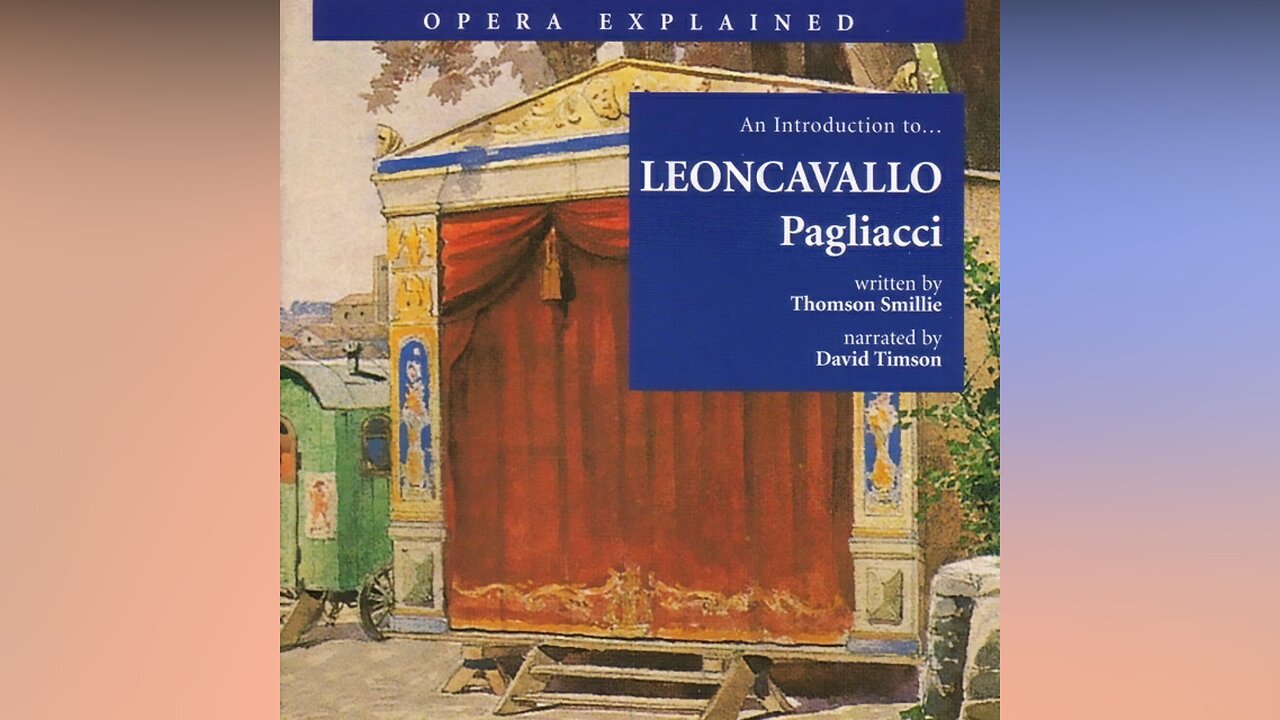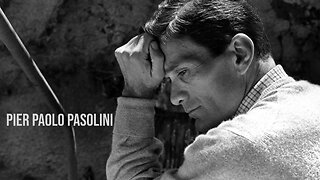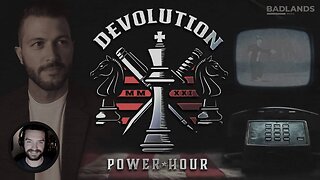Premium Only Content

Opera Explained | Cavalleria Rusticana by Leoncavallo (Audio)
"An Introduction to...Leoncavallo - Pagliacci" written by Thomson Smillie, narrated by David Timson.
Undeniably one of the most powerful short operas in the international opera repertory, Leoncavallo’s Pagliacci – which simply means ‘Players’ – has come recently into a life of its own in a very interesting way. For over a century it was invariably paired in performance with Mascagni’s equally powerful Cavalleria rusticana, leading to the slightly irreverent nickname of opera’s ‘Heavenly Twins’.
Nowadays Pagliacci is often given alone. Cynics may say that this reflects the shorter attention-spans of current audiences: our grandparents would have felt short-changed if an evening at the theatre lasted less than three hours, and their grandparents if it lasted less than five. But modern audiences respond strongly to the musical and dramatic values of Pagliacci when it stands alone.
These values include one of the most effective stories in the operatic canon, a score which is as skilful as it is melodically inspired, and that very rare fusion of a brilliant libretto with a tailor-made score – the librettist, in this case, being the composer himself. The story is set in the very south of Italy in the nineteenth century and tells of a troupe of travelling clowns headed by Canio, one of opera’s great dramatic roles.
He has a wife, Nedda, who is lusted after by the villain Tonio and truly loved by a local boy called Silvio. When Nedda rejects Tonio’s advances and is spied in Silvio’s embrace, Tonio tells all to husband Canio and the stage is set – literally – for double murder and deep tragedy.
What gives the action such power and cohesion is the device of the play-within-the-play, of which Shakespeare showed mastery in both A Midsummer Night’s Dream and Hamlet. As the actors of the troupe – the clowns – act out the night’s play using the stock heroes, heroine and villains of the old commedia dell’arte, their comic stage lives and tragic true lives precisely intersect in a devastating fashion. The mounting tension of the extraordinary finale – short but intense – is heightened by music of overwhelming power.
Tracklist:
- Background
1. Introduction
2. Background to Leoncavallo and libretti
3. Commedia dell’arte
4. Pantaloon, the Doctor, the Bragging Captain
5. The Lovers and Harlequin
- Pagliacci
6. The story’s structure; the prologue
7. The opening: the circus is coming
8. Nedda’s infidelity
9. Silvio and Nedda
10. Canio: ‘Vesti la giubba’
11. Intermezzo: Act I to Act II
12. The play-within-the-play opens
13. Canio (Pagliaccio) returns early
14. The dénouement
15. Silvio and Nedda’s duet
Performance:
Canio, leader of a troupe of strolling players (Pagliaccio): Nicola Martinucci, tenor
Nedda, his wife (Columbina): Miriam Gauci, soprano
Tonio, a hunchback player (Taddeo): Eduard Tumagian, baritone
Beppe, a player (Arlecchino): Miroslav Dvorsky, tenor
Silvio, a villager (Harlequin): Boje Skovhus, baritone
Peasants and Villagers
Slovak Philharmonic Choir
Czecho-Slovak Radio Symphony Orchestra (Bratislava)
Alexander Rahbari
-
 44:49
44:49
Adaneth - Arts & Literature
11 days agoLa Storia siamo Noi: Pier Paolo Pasolini - The Passion According to Pier Paolo (ENG SUB)
32 -
 15:05
15:05
GritsGG
1 day agoFlawless Duos Victory w/ Most Winning Duo in Warzone History!
2.43K1 -
 1:53:52
1:53:52
FreshandFit
13 hours agoShe Was In 3 Domestic Violence Cases? Happy Birthday Fresh!!!
136K41 -
 2:03:22
2:03:22
Inverted World Live
5 hours agoThe Aliens Are Underwater | Ep. 117
52.2K17 -
 2:20:24
2:20:24
Badlands Media
13 hours agoDevolution Power Hour Ep. 394: The Long Game, Media Traps, and Military Signals
76.8K19 -
 2:08:38
2:08:38
TimcastIRL
8 hours agoNetflix Shares TANK, Elon Says BOYCOTT After Writer MOCKS Charlie Kirk Assassination
214K166 -
 8:48:01
8:48:01
SpartakusLIVE
9 hours agoI'M BACK || Quads w/ The Boys
79.4K4 -
 9:33
9:33
Ken LaCorte: Elephants in Rooms
12 hours ago $3.17 earnedWhy Do Black Men Love Big Butts?
27.1K14 -
 2:12
2:12
From Zero → Viral with AI
1 day ago $6.44 earned🚀 AI Marketing Isn’t Just for Big Brands Anymore — Here’s Why
42.2K10 -
 9:51:58
9:51:58
Dr Disrespect
16 hours ago🔴LIVE - DR DISRESPECT - 10 WINS ON CONTROLLER - BO7 TOMORROW
311K20